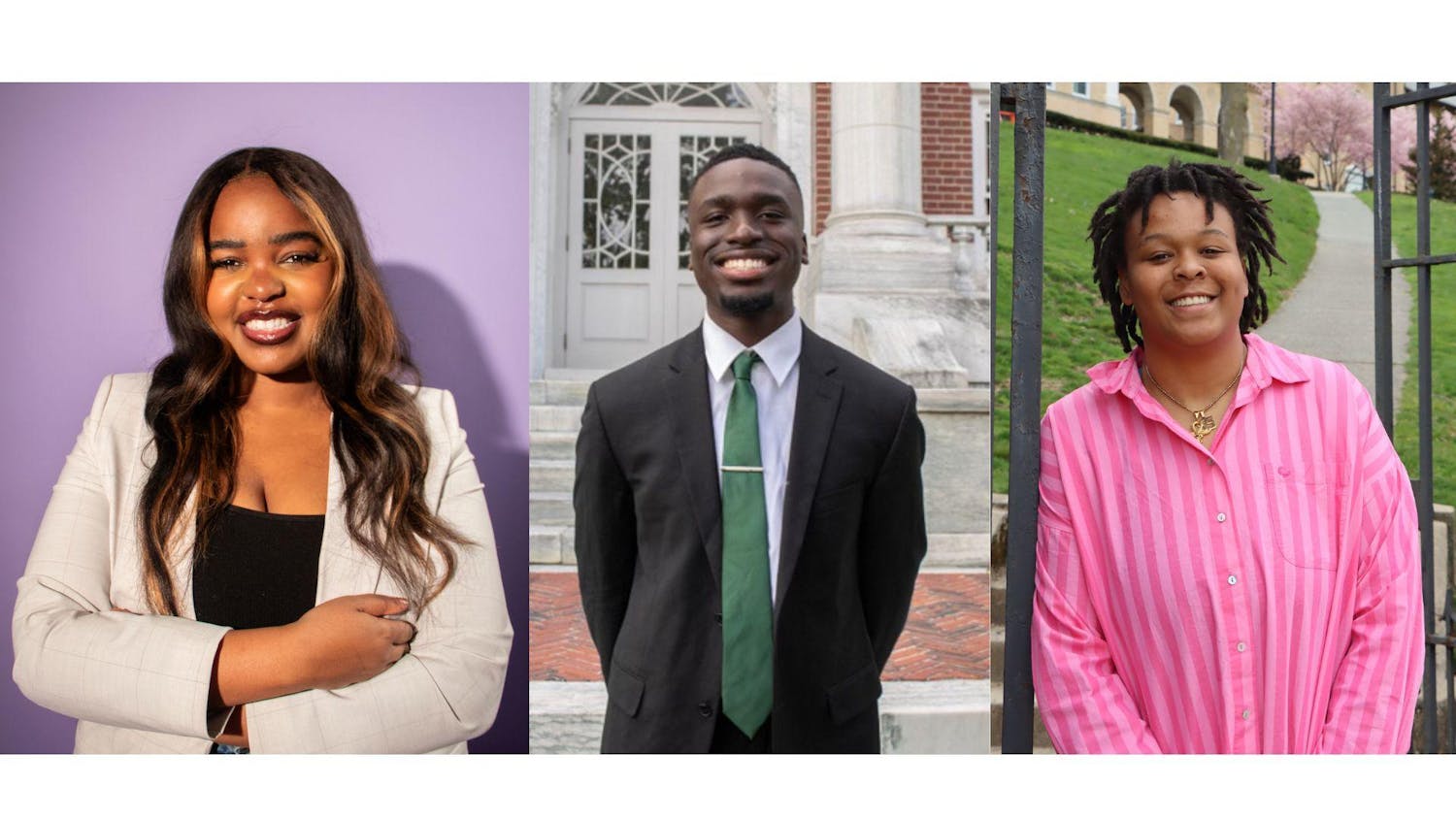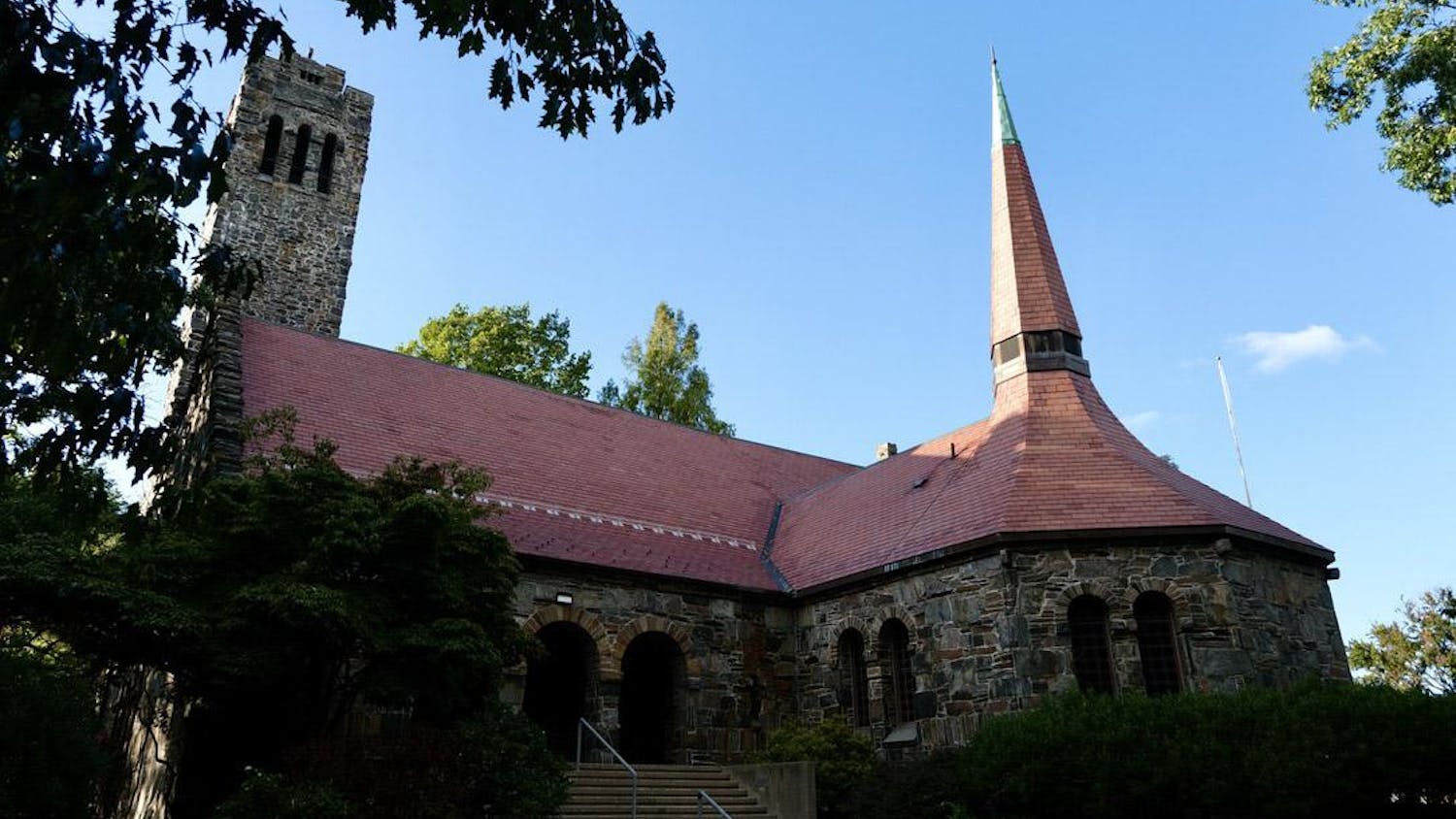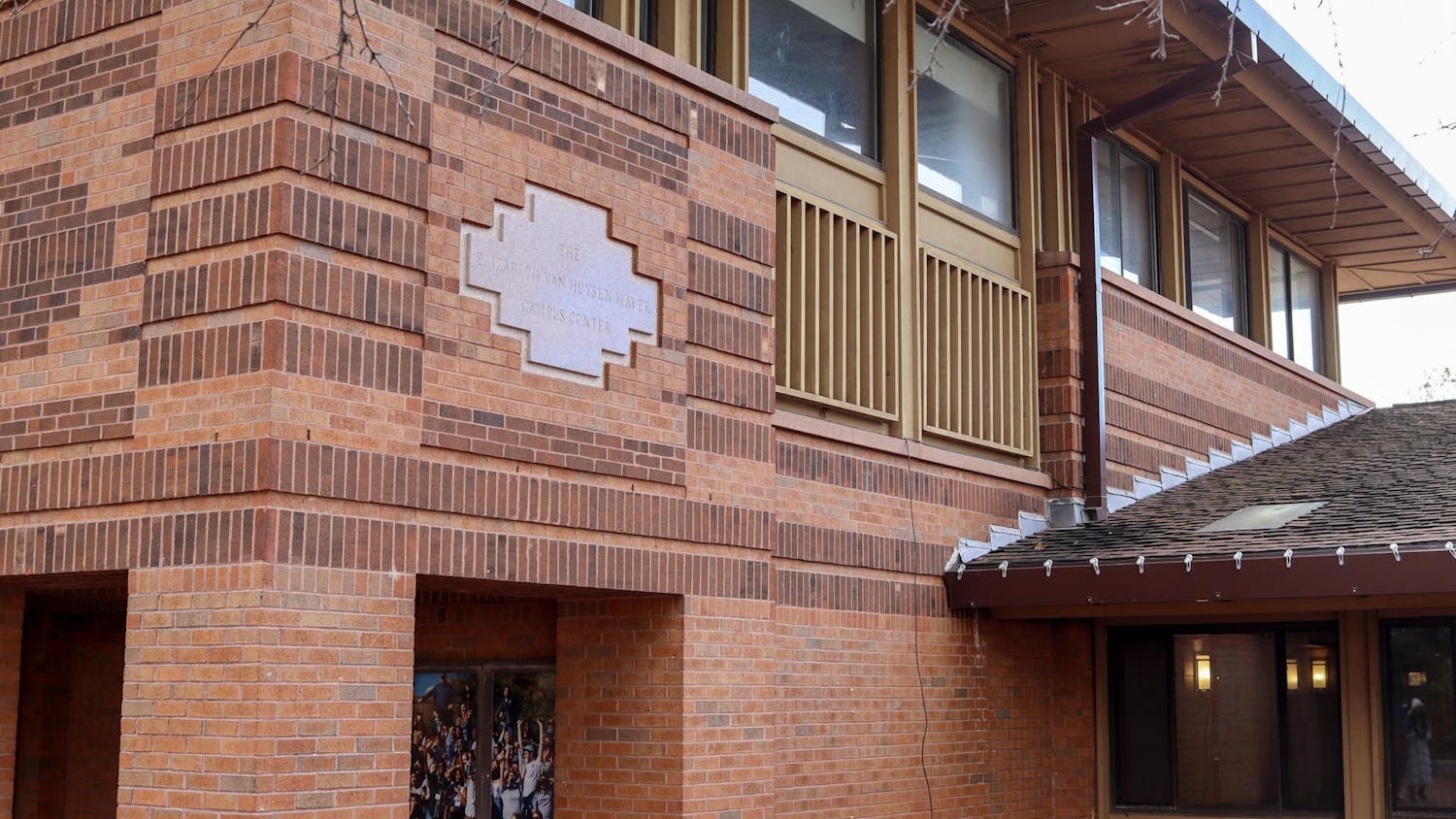Justin Hollander, assistant professor in the Department of Urban and Environmental Policy and Planning, addressed a small audience yesterday about shrinking cities and using technology to engage community members in urban planning at the inaugural lecture for the new student group Urban Policy, Planning and Prosperity (UP3).
Speaking in the Crane Room at the first of a series of lectures organized by UP3, Hollander discussed his research in improving the quality of life in cities with declining populations.
After the 2008 economic collapse, he said, many suburban areas in the United States, particularly the Midwest, coastal Florida, southwestern Arizona and inland California, saw an increase in unoccupied housing units.
This has had a negative impact on the standard of living in these areas, Hollander said.
"If you can imagine the difference in experience of living in a place that has a growing number of housing units or declining, this is going to make a difference in the quality of life," he said.
Hollander cited several examples of communities that have combated the ill effects of population decline with creative city planning.
Community members in New Bedford, Mass., where the population began to dwindle in the 1970s, have transformed abandoned lots into parks and urban farms, he said, also referencing an artist in Detroit who transformed vacant houses into a tourist attraction.
Hollander said he hopes these communities will serve as an inspiration for city planners who are dealing with population decline in areas across the country.
"The DNA of the city is being rewritten through all these different types of efforts. New Bedford has shrunk ... but it's not all bad," he said.
Hollander also discussed his success in using innovative and interactive urban planning software to help individuals visualize proposed transformations to their community.
In Gilman Square and other Somerville neighborhoods that would be affected by the extension of the T's Green Line, such technology has given residents a voice in the planning process. Hollander's "inTeractive Somerville" project made a virtual model of planned changes to the neighborhood accessible on YouTube.
Hollander then offered his support for UP3, which was created this semester and brings graduate and undergraduate students interested in urban planning together for collaboration.
Sophomore Robert Joseph, co?founder of UP3, said the group emerged because of a gap in the opportunities available for students attracted to urban planning.
"There was an absence of an urban issues group on campus," Joseph said. "We're pretty much exploring everything related to cities."
UP3Co?founderRayn Riel, a sophomore, believes the club will link undergraduates with the many opportunities the Urban and Environmental Policy and Planning graduate program offers.
"We're all interested in urban development issues and we think that we can address many different interdisciplinary issues through smarter urban development projects," Riel said.
At weekly meetings, UP3 members discuss case studies and articles about urban development, such as the Massachusetts Bay Transportation Authority's Green Line Extension project.
The group has organized a trip to Union Square this week, but Riel hopes the group will one day travel farther, even internationally, in its study of urban development.
The group is still getting settled on the Hill - Joseph expects it will gain Tufts Community Union Senate recognition by the end of the semester - but it will likely expand to encompass more than just lectures in the future.
"We have hopes of doing some slightly bigger projects and maybe getting out and effecting some change," he said. "Right now we're just sharing information with each other and ... meeting and sharing an interest."





